When it comes to dinner, do you ever juggle making something healthy and keeping your little ones excited about eating? You’re not alone! Crafting nutritious and kid-friendly meals can feel like a challenge, especially with picky eaters in the mix. That’s why we’ve curated this list of quick and easy dinner ideas that bring fun while keeping things balanced and wholesome. Whether it’s a busy school night or a leisurely weekend, these recipes promise to simplify meal prep and bring smiles to your family’s faces. Let’s dive in and discover dinners your kids will look forward to!
Table of Contents
Key Benefits of These Ideas For Childrens Dinners
Making dinner for children doesn’t have to be stressful or time-consuming. With these top 10 dinner ideas, you’ll enjoy meals that balance nutrition, simplicity, and fun. Here’s why these recipes are a game-changer for busy families:
- Nutritious and Balanced: Each meal incorporates wholesome ingredients like lean proteins, fresh vegetables, and whole grains, ensuring your kids get the nutrients they need for growth and energy.
- Kid-Friendly Appeal: These dinners are designed with children in mind, featuring familiar flavors and creative presentations that even picky eaters will love.
- Quick and Easy: Save time with recipes that can be prepped and cooked in under 30 minutes—perfect for hectic weeknights.
- Versatile Options: Whether your family prefers classic comfort food or a more adventurous palate, there’s something here to suit everyone’s tastes.
- Budget-Friendly: Each recipe focuses on affordable, readily available ingredients, making these meals as economical as they are delicious.
With these benefits, you can confidently create dinners that satisfy your kids and schedule. Ready to transform dinnertime into a stress-free and enjoyable experience? Let’s get started!
Ingredients You’ll Need
Getting started with these kid-friendly dinner ideas is as simple as gathering the right ingredients. Here’s a handy list to guide you, featuring everyday staples that are nutritious, affordable, and easy to find. These ingredients are versatile, so you can mix and match based on your family’s preferences!
Pantry Essentials:
- Whole-grain pasta or rice: A healthy base for countless dishes.
- Canned beans: Packed with protein and fiber, perfect for quick meals.
- Tomato sauce or paste: A flavorful foundation for kid-approved sauces.
- Bread or tortillas: Great for making wraps, sandwiches, or quesadillas.
Fresh Produce:
- Vegetables: Think carrots, broccoli, bell peppers, or zucchini—easy to chop and cook.
- Fruits: Apples, bananas, or berries to add a natural sweetness to some dishes.
- Greens: Spinach or lettuce for sneaking in extra nutrients.
Protein Options:
- Chicken or turkey breast: Lean and versatile for many recipes.
- Ground beef or plant-based meat: Ideal for tacos, pasta, and more.
- Eggs: A quick, protein-packed option that works in a pinch.
Dairy and Alternatives:
- Cheese: From shredded mozzarella to cheddar, it’s a must-have for melty goodness.
- Milk or plant-based alternatives: Used for creamy sauces or baking.
- Yogurt: A kid-friendly snack that doubles as a sauce base.
Spices and Extras:
- Salt and pepper: Basics that bring every dish to life.
- Garlic powder, onion powder, and paprika: Kid-friendly spices that add flavor without overwhelming.
- Olive oil or butter: Essential for cooking and adding richness to your meals.
Pro Tip:
Keep these ingredients stocked, and you’ll always have the building blocks for quick, healthy, and delicious dinners your kids will love! Ready to see how they come together? Let’s move on to the instructions.
Instructions: How to Bring These Dinners to Life
Transforming simple ingredients into delightful meals your kids will love is easier than you think! Follow these step-by-step instructions to create dinners that are quick, wholesome, and bursting with flavor.
1. Prepare Your Ingredients

Start by washing and chopping your vegetables into bite-sized pieces—this makes them easier for little ones to enjoy. Measure out your spices, sauces, and other key ingredients to streamline the cooking process.
2. Cook the Base
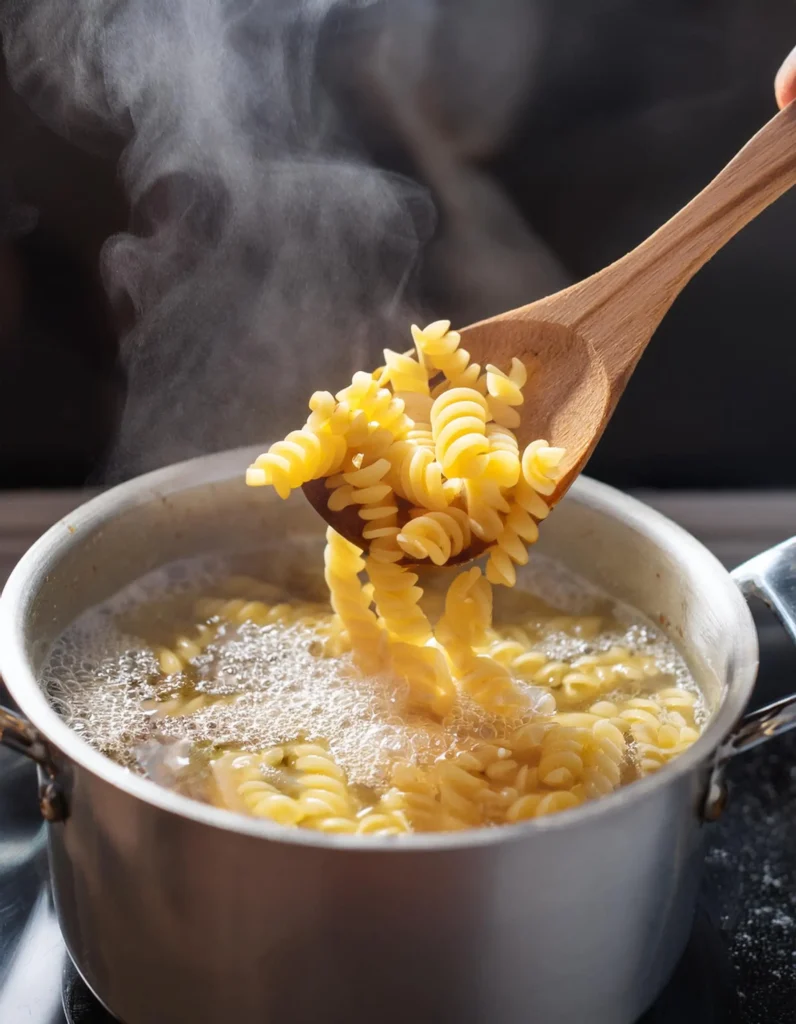
- For pasta or rice dishes, boil water with a pinch of salt and cook according to the package instructions. Drain and set aside.
- If using tortillas or bread, lightly warm them on a skillet for added softness.
3. Sauté or Grill the Proteins

- Heat olive oil or butter in a non-stick pan over medium heat. Add your chosen protein (chicken, ground beef, or plant-based alternatives) and cook until golden brown and fully cooked.
- Add garlic powder, onion powder, or paprika for a subtle flavor boost that kids will adore.
4. Add the Veggies
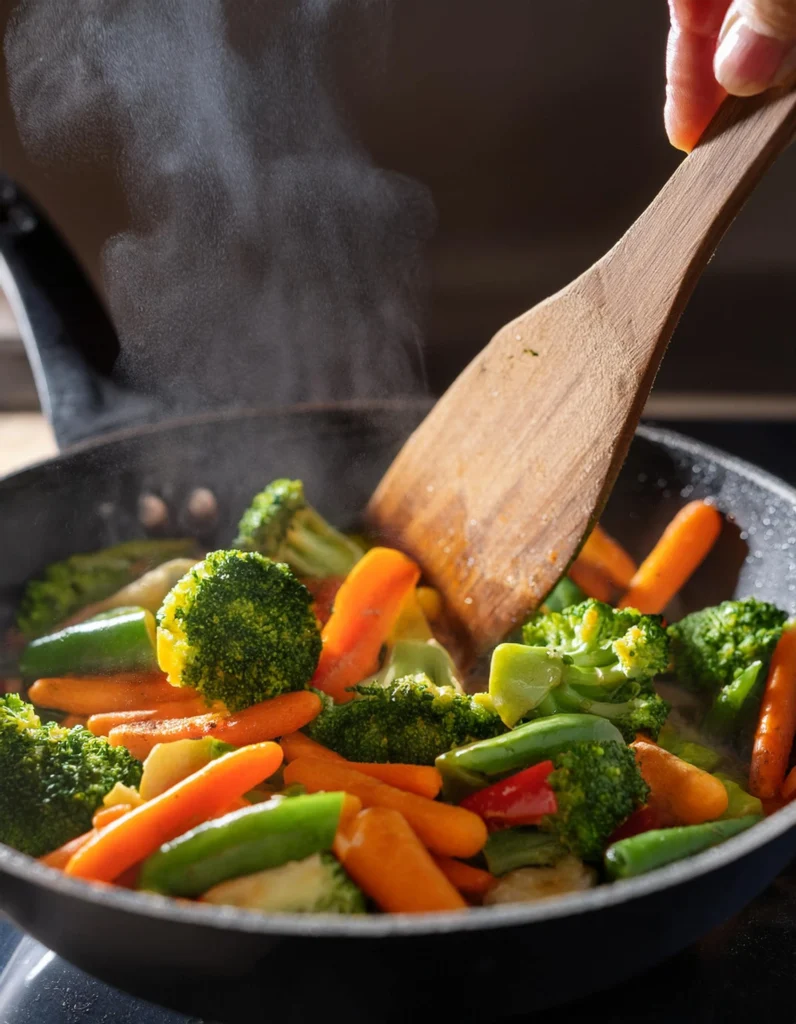
Toss in your prepped vegetables and sauté until tender. If your kids are hesitant about veggies, chop them finely or blend them into sauces for a hidden nutrition boost!
5. Combine and Simmer
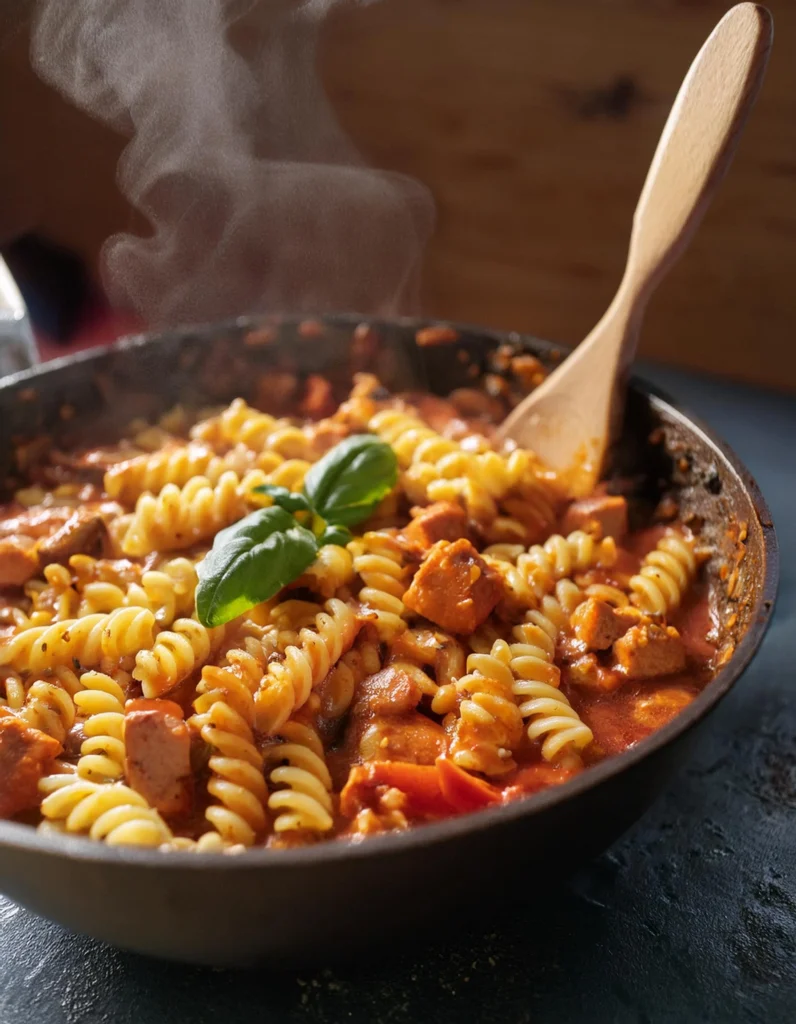
- Mix the cooked proteins, veggies, and base (pasta, rice, or tortillas) together.
- Pour in tomato sauce, cheese, or yogurt-based sauces for a creamy, flavorful finish. Let everything simmer for 5-10 minutes, allowing the flavors to meld beautifully.
6. Serve and Enjoy
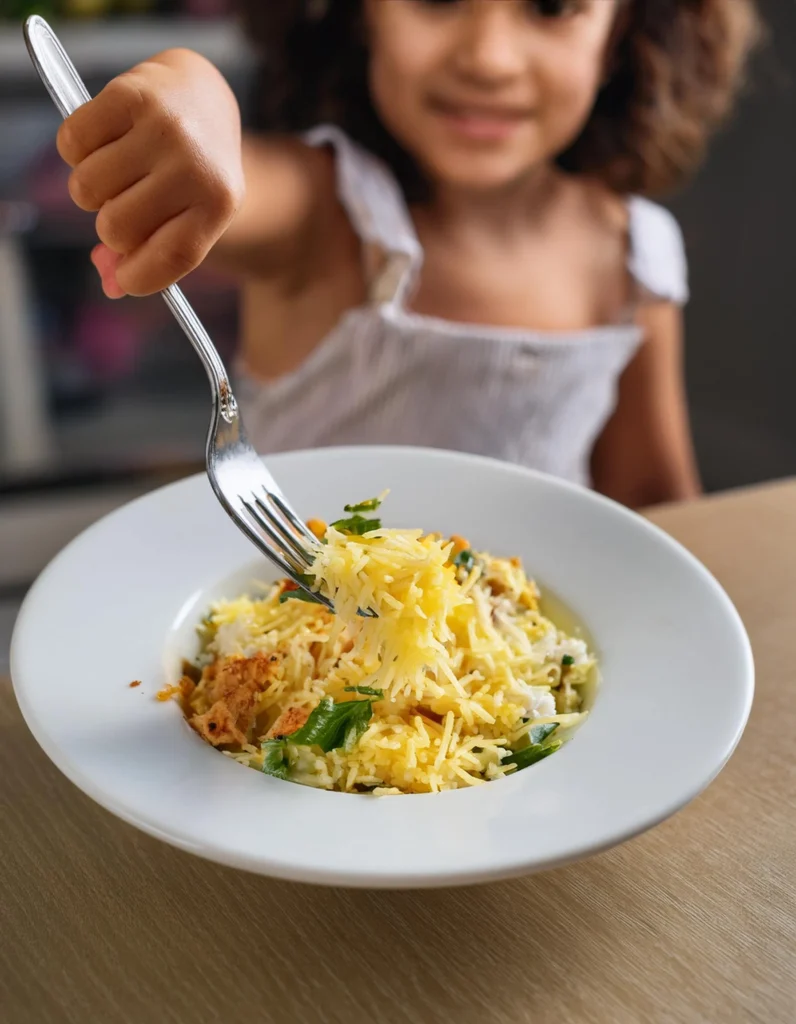
Transfer the meal to a serving dish or plate, ensuring colorful and creative presentation to make it visually appealing for kids. Garnish with shredded cheese, a sprinkle of herbs, or even a side of fruit to add a fun twist.
Pro Tip:
Encourage your kids to get involved! Let them sprinkle cheese, stir sauces, or arrange toppings—it makes them more excited to eat what they’ve helped create.
These simple steps ensure you’ll have a nutritious and kid-approved dinner on the table in no time. Ready to explore variations and tips to make these meals even better? Let’s dive in!
Pro Tips and Variations: Elevate Your Dinner Game
Every family is unique, and so are their dinner preferences. These pro tips and variations will help you customize each recipe to suit your family’s tastes, dietary needs, and busy schedules. Let’s make dinnertime as stress-free and enjoyable as possible!
Pro Tips for Success
- Involve Your Kids: Let your little ones pick a vegetable or sprinkle cheese on top—it’s a great way to excite them about the meal.
- Prep in Batches: Cook more significant portions of proteins and grains for multiple weekly meals. This saves time and effort on busy nights.
- Balance Flavors: Use mild seasonings and sauces that appeal to kids but can be easily adjusted for adults who prefer bolder flavors.
- Focus on Presentation: Arrange the food in fun shapes or patterns—smiley faces, stars, or even themed plates can make mealtime more appealing.
Creative Variations to Try
- Picky Eater-Friendly: Blend vegetables into sauces for a hidden nutrition boost. Spinach and zucchini puree work wonders in pasta dishes!
- International Flair: Switch up the flavors with simple twists like taco seasoning for a Mexican vibe or soy sauce for an Asian-inspired dish.
- Dairy-Free Options: Use plant-based cheeses or coconut milk for creamy dishes without the dairy.
- Make it a Bowl: Serve everything over a bed of rice, quinoa, or salad greens for a customizable dinner everyone can enjoy.
- Sweet and Savory Combo: Add fruits like pineapple chunks or apple slices to stir-fries or wraps for a natural sweetness.
Actionable Insights
Experiment with ingredients you already have in your pantry. For instance, swap regular pasta for zucchini noodles or use leftovers creatively—like turning last night’s roasted chicken into a delicious wrap.
These tips and variations add versatility to your meals and keep dinnertime fresh and exciting. With some creativity, you’ll have recipes that work for any occasion!

Creamy Garlic Butter Chicken with Veggies
Equipment
- 1 Large Skillet or Frying Pan For sautéing the chicken, cooking the sauce, and vegetables in one pan.
- 1 Chef’s Knife To chop vegetables and trim chicken breasts.
- 1 Cutting board For preparing vegetables and chicken.
- 1 Measuring Cups and Spoons To accurately measure ingredients for the sauce and seasoning.
- 1 Wooden Spoon or Silicone Spatula For stirring the sauce and vegetables without scratching the skillet.
- 1 Tongs For flipping the chicken during cooking.
- 1 Small Mixing Bowl Optional, for pre-mixing spices or Parmesan cheese.
- 1 Serving Platter For presenting the finished dish.
Ingredients
For the Chicken:
- 4 boneless skinless chicken breasts
- 2 tbsp olive oil
- 1 tsp paprika
- 1 tsp garlic powder
Salt and pepper to taste
- For the Sauce
- 3 tbsp unsalted butter
- 4 cloves garlic minced
- 1 cup heavy cream
- 1/3 cup grated Parmesan cheese
- 1 tsp Italian seasoning
For the Vegetables:
- 1 cup broccoli florets
- 1 cup sliced bell peppers red and yellow
- 1 medium zucchini sliced
Instructions
Prepare the Chicken:
- Pat chicken breasts dry and season both sides with paprika, garlic powder, salt, and pepper.
Sauté the Chicken:
- Heat olive oil in a large skillet over medium heat. Cook chicken breasts for 6-7 minutes per side until golden and fully cooked. Remove and set aside.
Make the Sauce:
- In the same skillet, melt butter over medium heat. Add minced garlic and cook for 1 minute until fragrant. Stir in heavy cream, Parmesan, and Italian seasoning. Simmer for 2-3 minutes.
Cook the Vegetables:
- Add broccoli, bell peppers, and zucchini to the skillet. Cook for 5 minutes until tender-crisp.
Combine and Serve:
- Return the chicken to the skillet, spooning the sauce over it. Let it simmer for 2-3 minutes. Serve warm with an extra sprinkle of Parmesan if desired.
Video
Notes
- Swap heavy cream for coconut milk for a dairy-free version.
- Add a pinch of red chili flakes for extra heat.
- Serve with rice, pasta, or mashed potatoes for a heartier meal.
Serving Suggestions: Making Dinner time Extra Special
Presentation plays a massive role in making meals enjoyable, especially for kids. Here are some creative serving suggestions to turn your dinner ideas into memorable moments that your family will love.
Fun and Creative Plating Ideas
- Build-Your-Own Platters: Pack components like wraps, shredded cheese, diced veggies, and protein so kids can assemble their meals. This hands-on approach is fun and encourages them to try new things.
- Themed Plates: Create themed dinners, like a “mini pizza night” or “taco bar,” to make mealtime feel special.
- Bento-Style Trays: Use compartments to separate different ingredients, making it visually appealing and easy for kids to pick what they love.
Pairing Suggestions
- With Veggie Sticks and Dip: Serve meals with colorful carrots, cucumber, bell pepper sticks, and a creamy yogurt dip for extra crunch and nutrition.
- Add a Side of Fruit: Fresh fruit slices like apples, oranges, or berries add a naturally sweet touch that complements savory dishes.
- Include a Simple Salad: A mild salad with lettuce, cherry tomatoes, and a light dressing is a great way to add greens without overwhelming young palates.
Dining Experience Enhancements
- Family-Style Serving: Present dishes in large bowls or platters so everyone can serve themselves. It’s a great way to encourage conversation and interaction at the table.
- Incorporate Fun Utensils: Use colorful forks, plates, or even shaped cookie cutters to make meals more appealing for kids.
- Light Candles for a Cozy Vibe: A simple dinner with a warm, inviting atmosphere can feel unique.
Actionable Insight
Let your kids have a say in how their meal is plated or paired. Their input makes them more likely to enjoy the meal and fosters independence and creativity at the dinner table.
With these serving suggestions, you’re not just preparing a meal—you’re creating a delightful experience your family will cherish. Now, let’s wrap up with a few final thoughts!
Conclusion: Wrapping Up Your Dinner Journey
Creating kid-friendly dinners doesn’t have to be overwhelming or time-consuming. With a bit of planning, creativity, and the tips shared in this guide, you can transform mealtime into a stress-free, enjoyable part of your day. Whether you’re whipping up a quick pasta dish, building a taco bar, or crafting colorful veggie wraps, the key is to keep it simple, nutritious, and fun.
Final Takeaways
- Be Flexible: Adapt recipes to suit your family’s preferences and dietary needs.
- Keep It Balanced: Aim for a meal mix of proteins, veggies, and whole grains.
- Get the Kids Involved: Empower your little ones by letting them participate in meal prep and plating—it will make a world of difference in their excitement about eating.
By integrating these ideas into your routine, you’ll make dinnertime easier and nurture your family’s love for wholesome, home-cooked meals. So, what are you waiting for? Dive into these recipes and create memories around the dinner table that your kids will treasure for years.
Call to Action
Go at these dinner ideas and share your experience in the comments! What tips or twists worked best for your family? We’d love to hear how you make dinnertime special in your home. Let’s inspire each other with fresh, creative ideas!
FAQs
What is a good dinner time for kids?
A good dinner time for kids typically falls between 5:30 PM and 7:00 PM. This timeframe aligns with their natural energy levels and ensures digestion before bedtime. Establishing a consistent routine fosters healthy habits and allows for family bonding over meals. Parents can use this opportunity to explore Ideas For Childrens Dinners, balancing nutrition and taste.
What are some basic dinners?
Basic dinners for kids can be simple yet delightful, featuring dishes like pasta with marinara sauce, chicken tenders, or grilled cheese sandwiches. These meals are easy to prepare and cater to picky eaters. When brainstorming Ideas For Childrens Dinners, consider adding a side of steamed vegetables or fresh fruit to make the meal more wholesome.
What sounds good for dinner for kids?
For kids, dinner options that combine taste and excitement work best. Favorites include mini pizzas, quesadillas, or homemade sliders. Creative presentation can transform any dish into a feast they’ll enjoy. Think about incorporating fun Ideas For Childrens Dinners, such as arranging food in playful shapes or using colorful ingredients to spark their interest.
How do you prepare meals for kids?
Preparing meals for kids involves balancing nutrition, simplicity, and appeal. Start with fresh ingredients and cook dishes they love, like baked chicken nuggets or veggie-packed macaroni. Incorporating Ideas For Childrens Dinners ensures your meals are both imaginative and balanced, encouraging kids to try new foods while maintaining a healthy diet.
How long does it take a child to eat dinner?
On average, a child takes 20 to 30 minutes to finish dinner. This timeframe can vary depending on the meal’s complexity and their mood. Engaging children with interactive Ideas For Childrens Dinners, such as build-your-own tacos, can make mealtime more enjoyable and help establish mindful eating habits.
What age should kids cook dinner?
Kids can start cooking simple meals around age 8, with proper supervision. By involving them in meal prep, they learn valuable life skills and develop an appreciation for food. Encourage young chefs with age-appropriate Ideas For Childrens Dinners, like assembling sandwiches or stirring pasta sauces, to build confidence in the kitchen.
What’s special for dinner?
A special dinner for kids could be a themed meal, like an Italian pasta night or a picnic-style spread of finger foods. These unique experiences make mealtimes memorable. Implement creative Ideas For Childrens Dinners, such as crafting their favorite characters with food or serving desserts they can decorate themselves.
What does every dinner need?
Every dinner needs a balance of protein, carbohydrates, and vegetables to ensure a nutritious meal. Hydration and a small dessert can complete the experience. Use versatile Ideas For Childrens Dinners to incorporate these essentials, ensuring your meals are both satisfying and aligned with their dietary needs.
What are starter meals?
Starter meals are easy-to-make dishes ideal for kids learning to cook or picky eaters exploring new flavors. Options like scrambled eggs, simple pasta, or grilled cheese sandwiches are perfect examples. Include Ideas For Childrens Dinners to enhance these meals with added nutrition, such as mixing vegetables or pairing them with healthy sides.
What are kids’ favorite dinners?
Kids often favor dinners like spaghetti with meatballs, cheesy quesadillas, or chicken tenders. Meals with familiar flavors and fun presentations, like mini burgers or colorful vegetable skewers, are always a hit. Exploring Ideas For Childrens Dinners can help parents find creative and nutritious options that balance flavor with health, ensuring happy mealtime experiences.
What noise is best for kids’ sleep?
Soft, consistent noises such as white noise, gentle rain sounds, or calming lullabies can improve kids’ sleep quality. These soothing sounds create a tranquil atmosphere that blocks out disruptive noises. When planning restful evenings after trying new Ideas For Childrens Dinners, consider incorporating these sounds into their bedtime routine for a smoother transition.
What sounds good for dinner healthy?
Healthy dinners that appeal to kids include grilled salmon with mashed sweet potatoes, whole-grain pasta with veggies, or a hearty vegetable soup. These meals are both nutritious and tasty. Parents can discover inventive Ideas For Childrens Dinners, incorporating lean proteins, vibrant vegetables, and whole grains to create meals kids will love.
Should kids make their own meals?
Encouraging kids to make their own meals fosters independence and life skills. Start with simple tasks like preparing sandwiches or assembling salads. Introducing age-appropriate Ideas For Childrens Dinners helps them develop confidence in the kitchen while understanding the importance of balanced nutrition in a fun and engaging way.
How do you eat for kids?
Eating for kids involves creating meals that balance taste, nutrition, and portion sizes suited to their age. Offering small, frequent meals with a variety of textures ensures they receive the nutrients they need. Use Ideas For Childrens Dinners to design dishes that are visually appealing and packed with essential vitamins and minerals.
What is meal planning for kids?
Meal planning for kids involves organizing nutritious and appealing dishes ahead of time to ensure they eat well-balanced meals. It simplifies busy days and reduces food waste. With thoughtful Ideas For Childrens Dinners, parents can create diverse menus that cater to their children’s preferences while introducing new flavors and healthy choices.
When should children eat dinner?
Children should eat dinner around 5:30 PM to 7:00 PM to align with their natural energy cycles and support restful sleep. Consistent timing aids digestion and fosters a healthy routine. When crafting Ideas For Childrens Dinners, ensure the meals are hearty but not overly heavy, keeping bedtime comfortable and stress-free.
How many meals a day for kids?
Kids typically need three main meals and two snacks daily to sustain their energy and growth. These meals should include a balance of proteins, fruits, vegetables, and grains. Parents can explore Ideas For Childrens Dinners to create evening meals that complement a day of well-rounded eating habits.
Is early dinner good for kids?
Early dinner is beneficial for kids as it aids digestion and ensures they aren’t too full before bedtime. Eating early allows their bodies to absorb nutrients effectively and settle into a calm nighttime routine. Using Ideas For Childrens Dinners, parents can design meals that are satisfying without being overly rich.
Should you make your kids eat their dinner?
Forcing kids to eat dinner may create negative associations with food. Instead, encourage them to try small portions and respect their preferences. Implementing diverse Ideas For Childrens Dinners keeps mealtime exciting and reduces resistance by offering dishes they find visually appealing and tasty.
Should children learn to cook?
Teaching children to cook builds independence, creativity, and an understanding of healthy eating. Starting with simple recipes fosters confidence and curiosity. Incorporating age-friendly Ideas For Childrens Dinners can make the experience enjoyable, helping them develop essential life skills while bonding with family over shared culinary adventures.

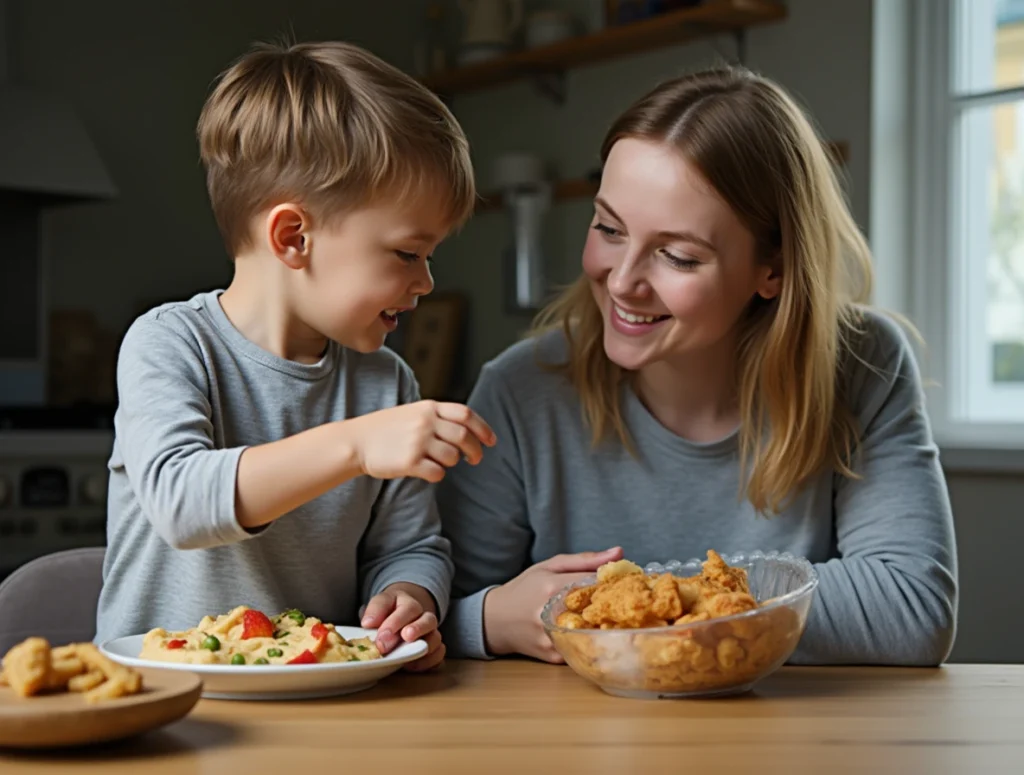

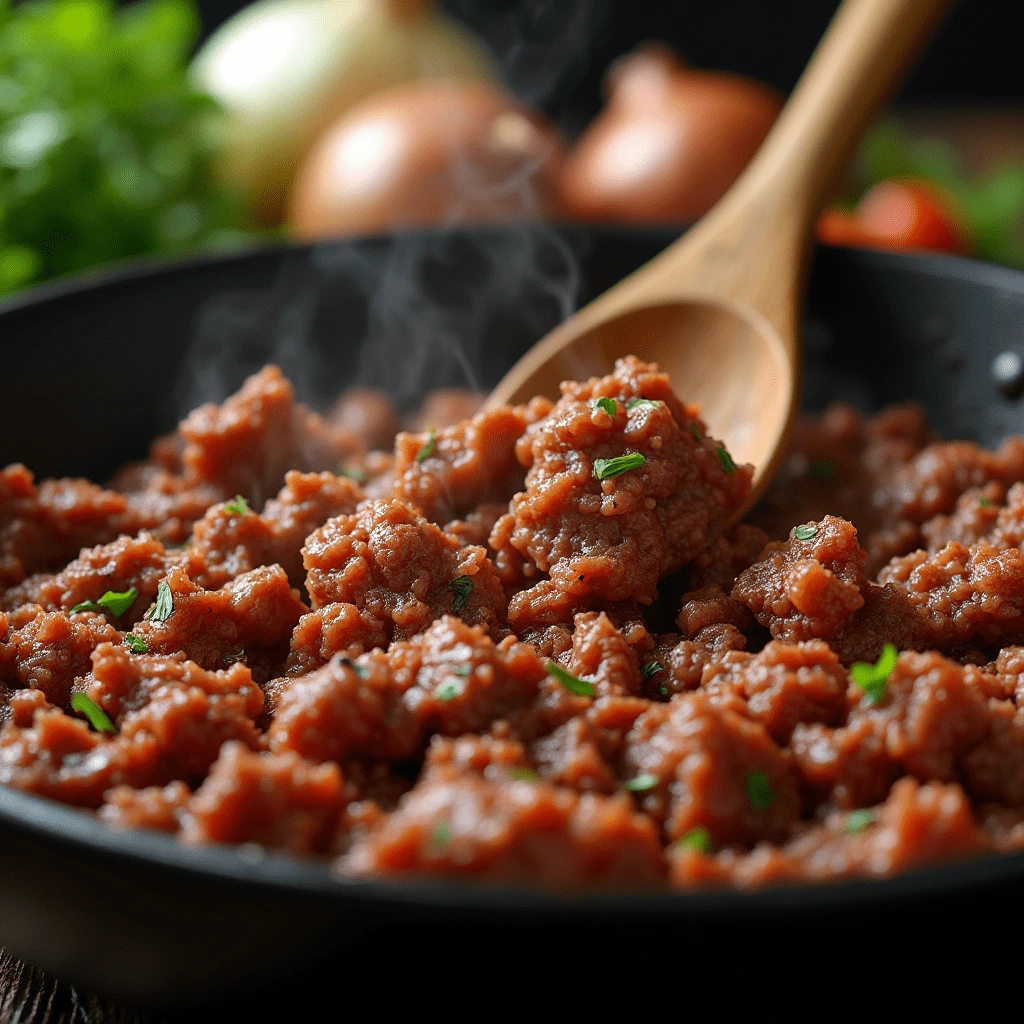
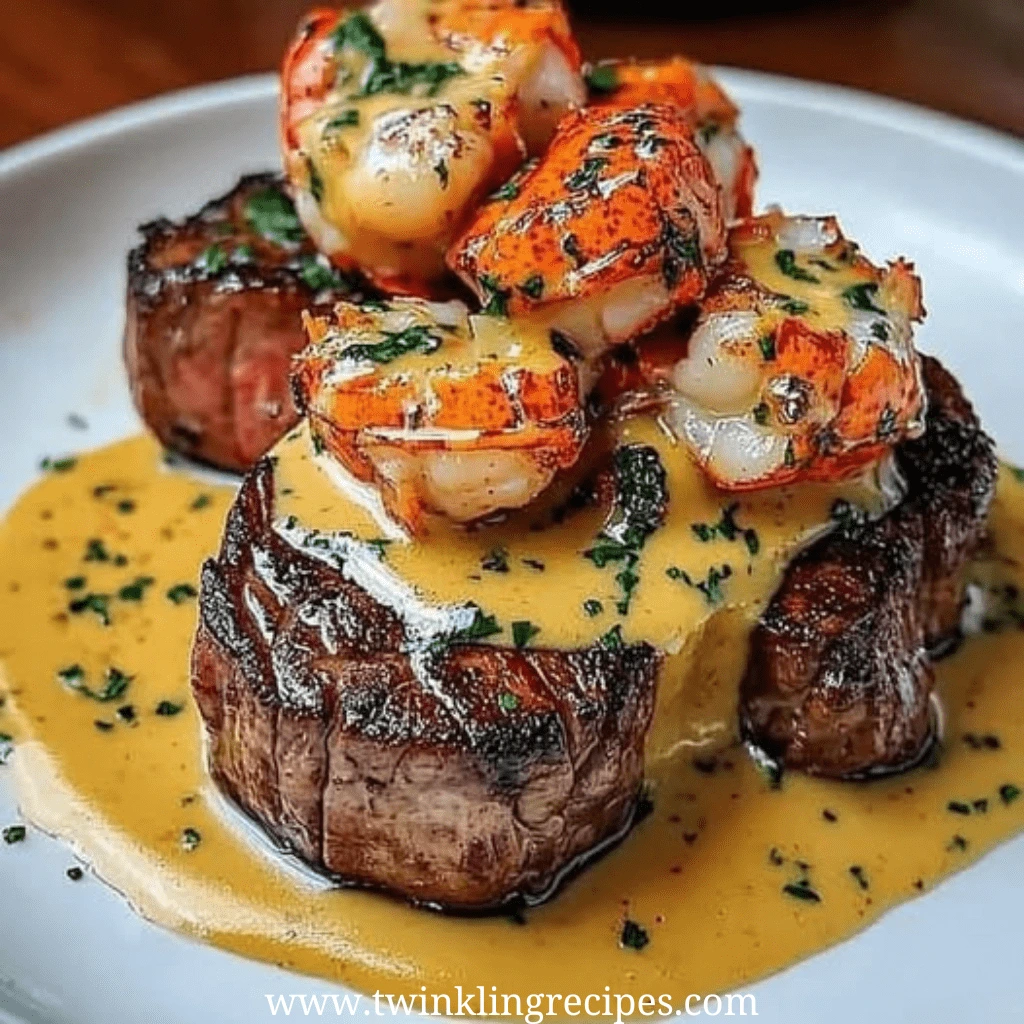
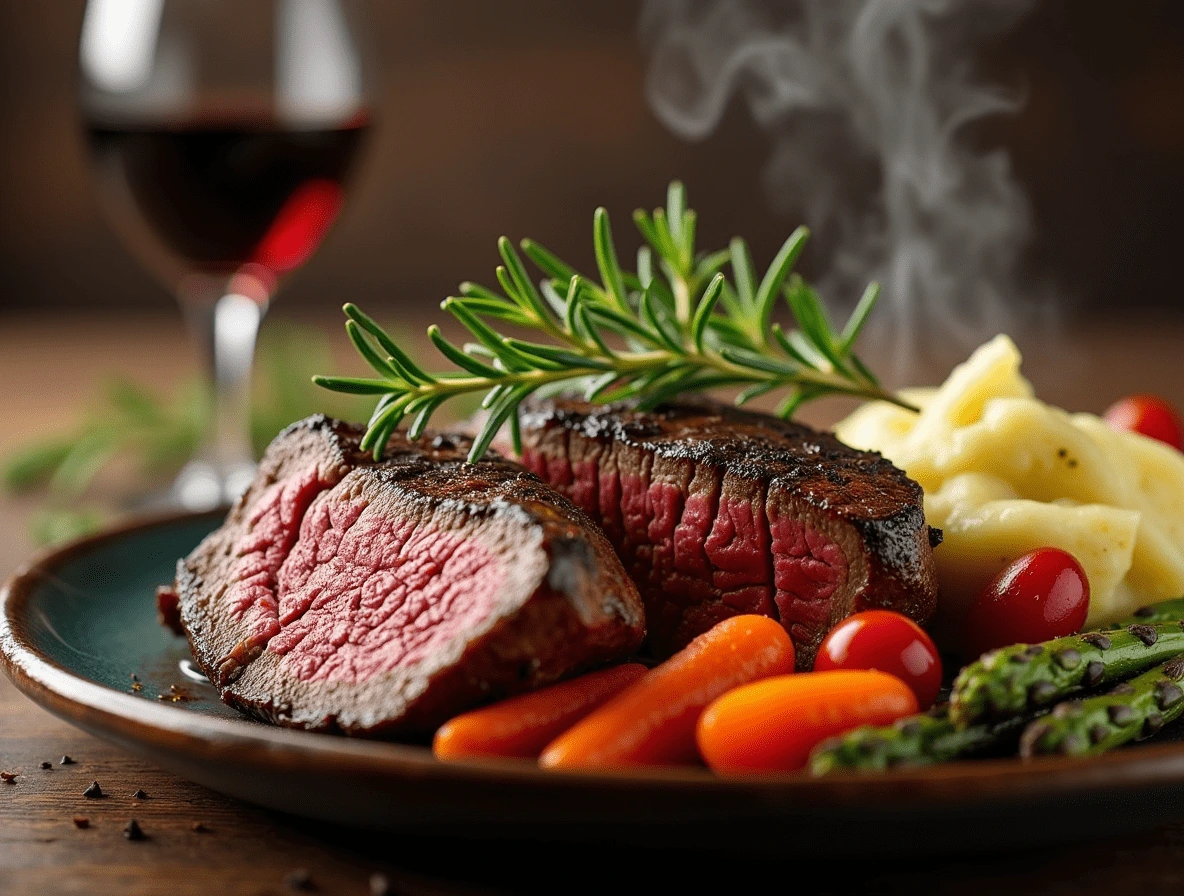


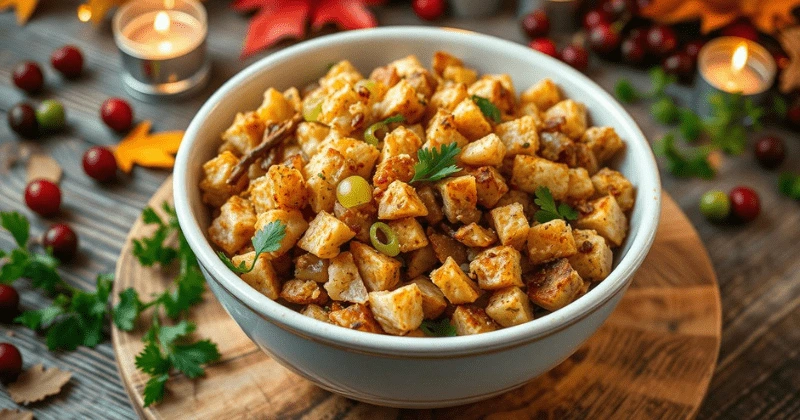


3 Responses
Yummy 😋😋😋😋
Very delicious.ill try it as soon as possible
thank you Emma ,i’m glad you find it delicious